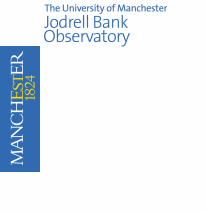Chapter 7
Observing Known Pulsars
Opening Paragraph
Figures
Further Reading
Available Resources
 7.01.gif original - 110 kB  7.02.gif original - 8 kB  7.03.gif original - 6 kB  7.04.gif original - 8 kB  7.05.gif original - 7 kB  7.06.gif original - 9 kB  7.07.gif original - 8 kB  7.08.gif original - 6 kB  7.09.gif original - 50 kB  7.10.gif original - 12 kB  7.11.gif original - 7 kB  7.12.gif original - 31 kB |
SIGPROC
PRESTO
PSRCHIVE
TEMPO
Scripts still to be addedFurther Reading
Available Resources
Reference: Lorimer (2001), Arecibo Technical Memo #2001-01
SIGPROC on Duncan Lorimer's homepage.
Homepage
Reference: Ransom, S. M. (2001) - PhD Thesis, Harvard University
Contact Scott Ransom for details on using PRESTO for publications.
Reference: Hotan, van Straten & Manchester (2004)
TEMPO Homepages: Princeton/ANTF.
Includes manual and installation instructions.
